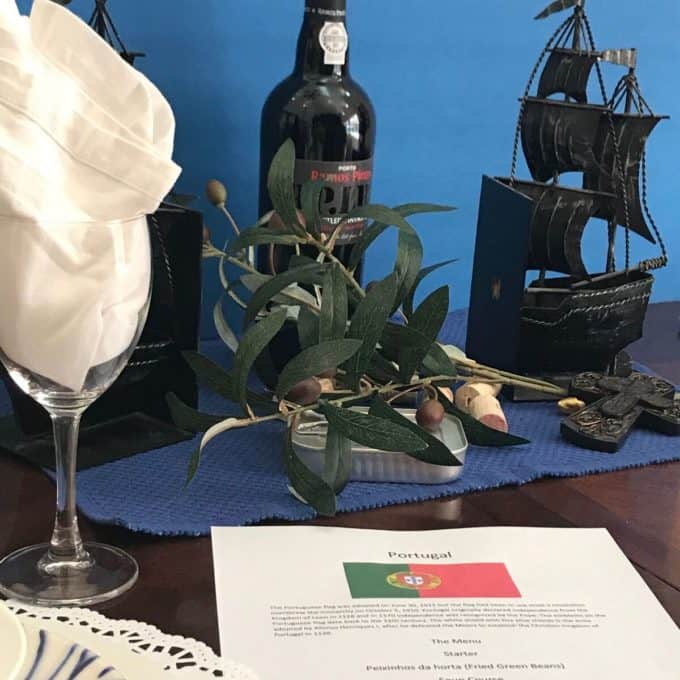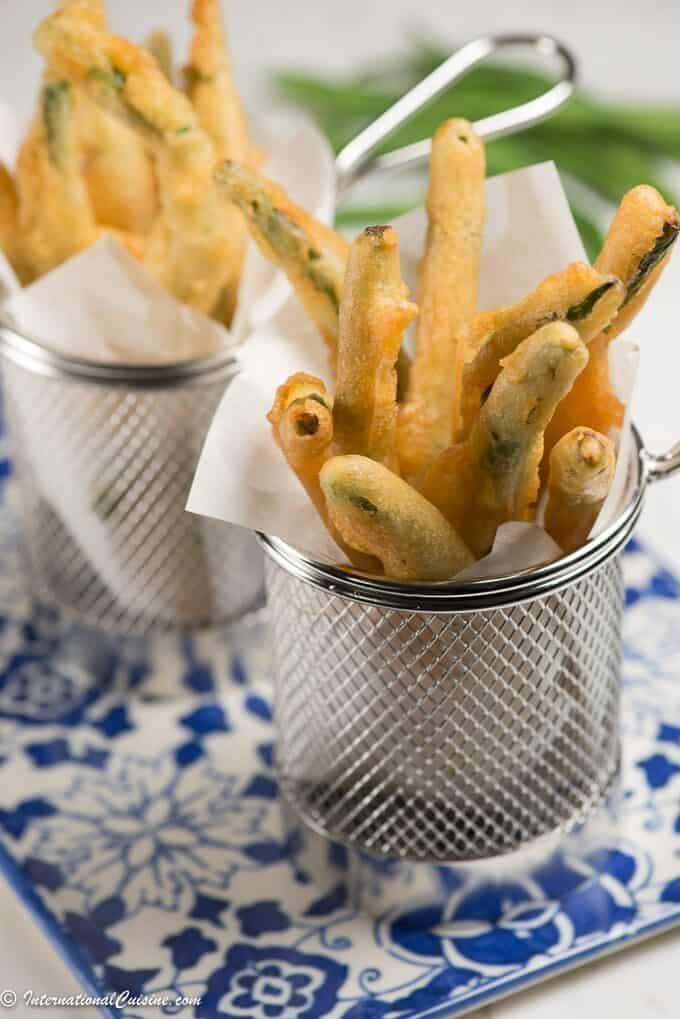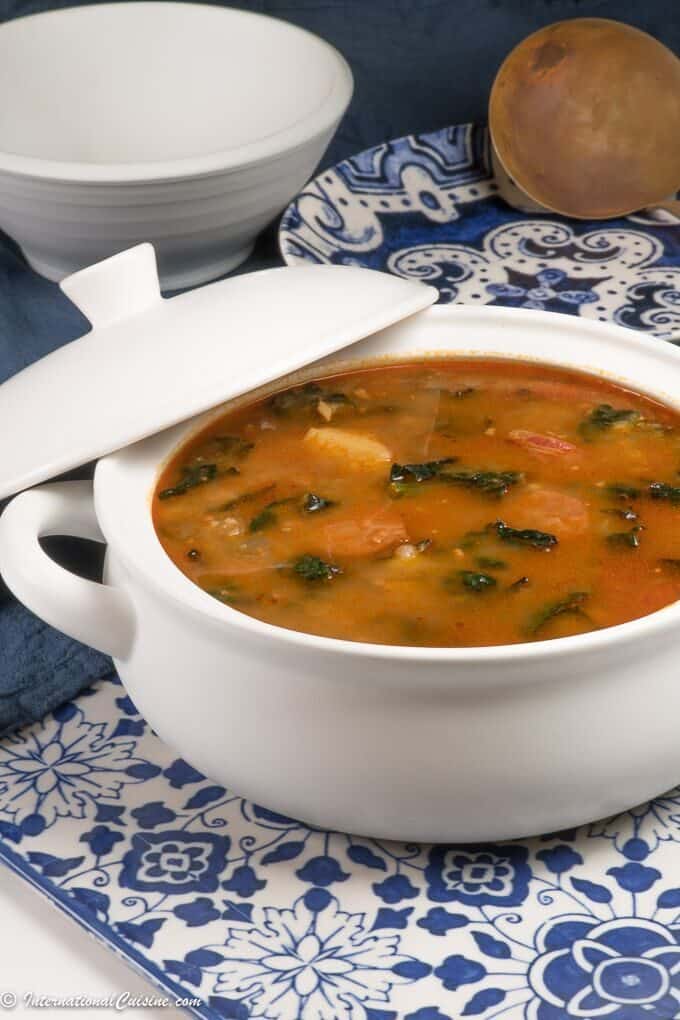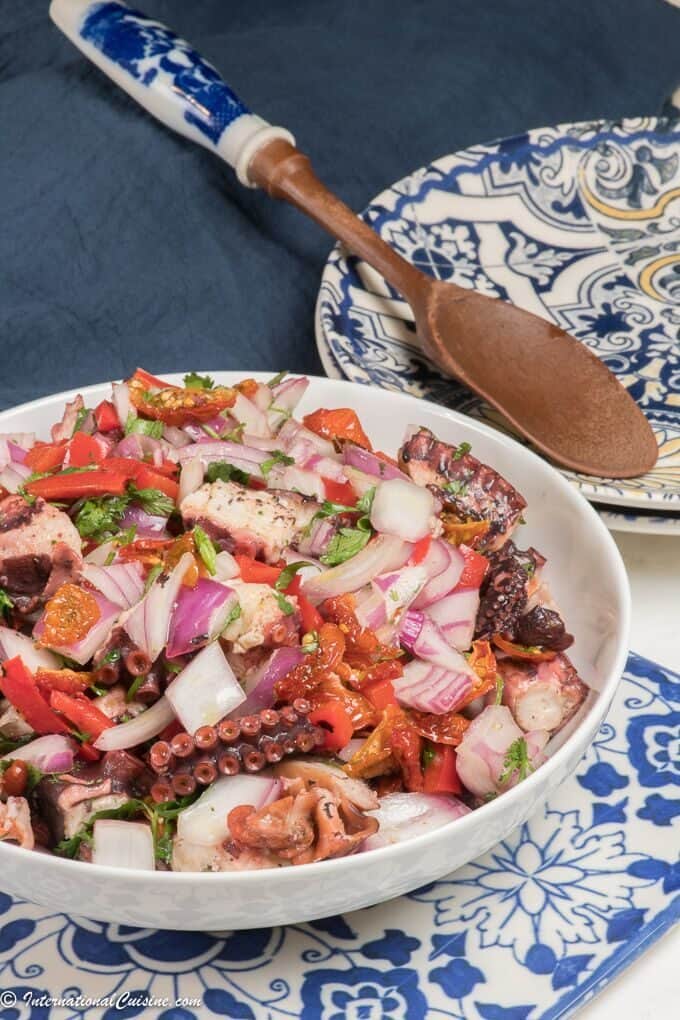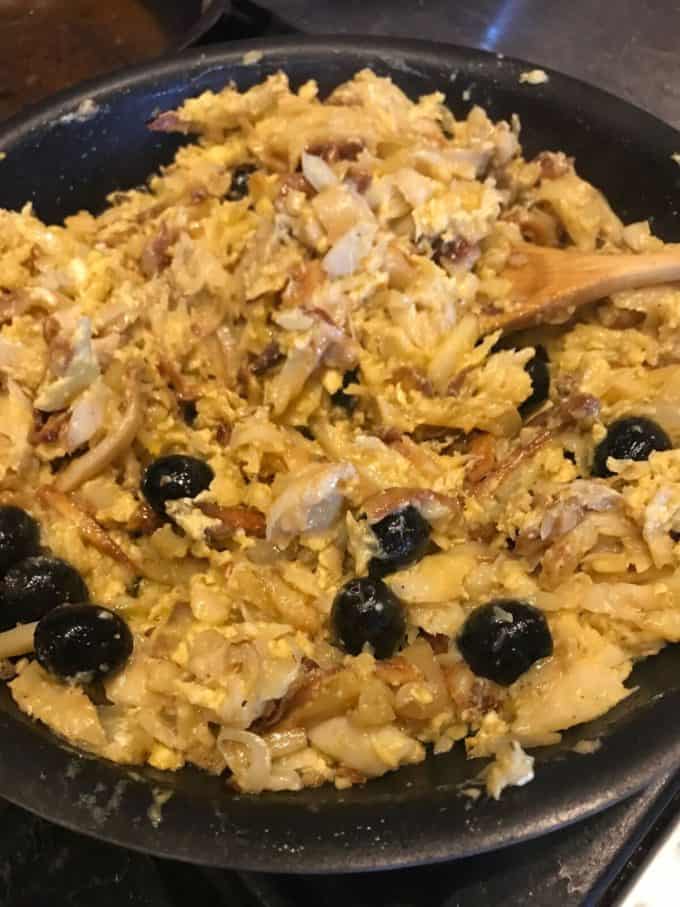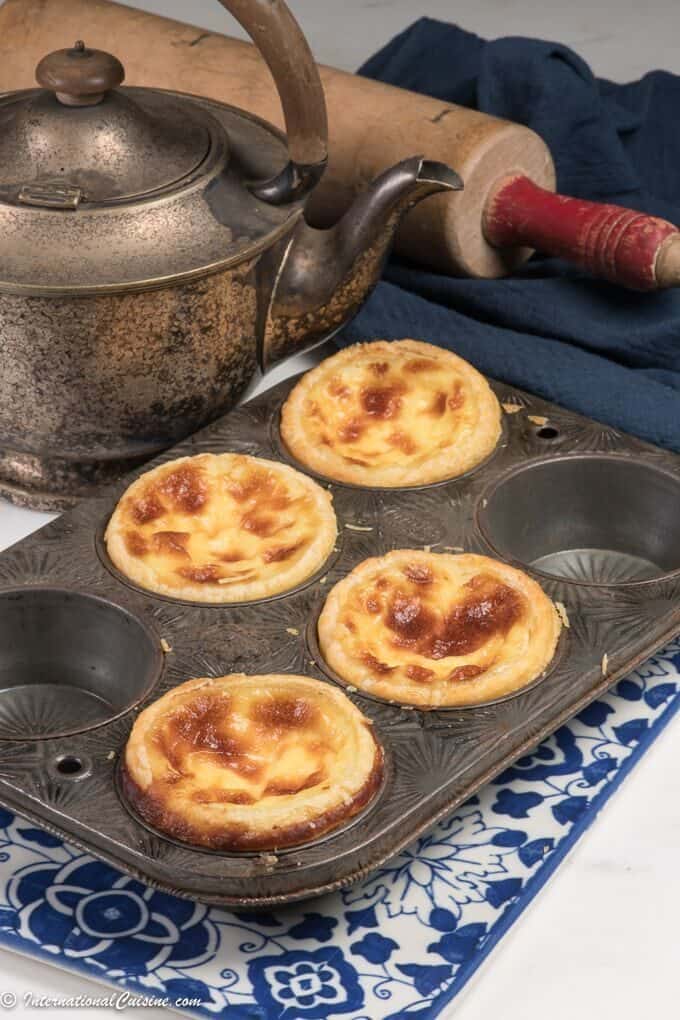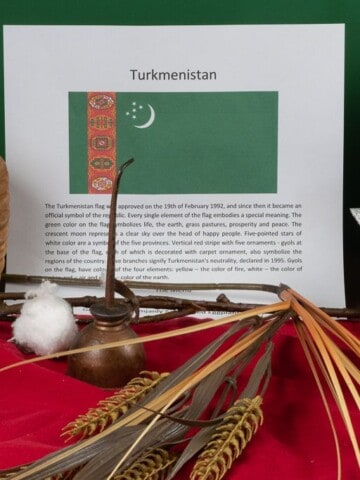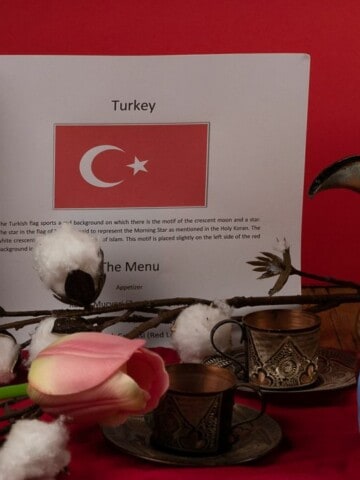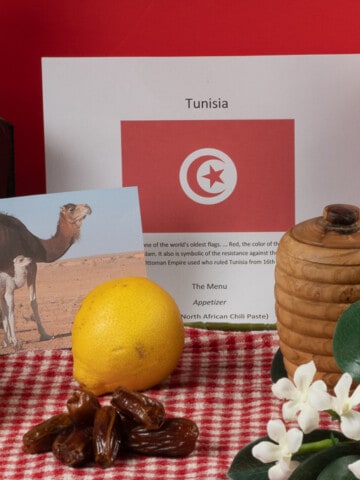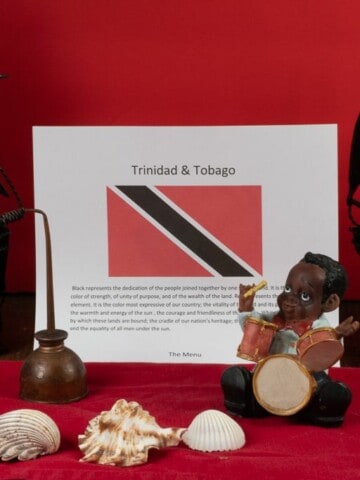How did Portugal get its name?
Where is Portugal located?
Portugal is located in the western most point of Europe and lies on the west coast of the Iberian Peninsula. It shares its northern and eastern borders with Spain, the only bordering country. The Atlantic Ocean lies to the west and south, providing a stunning coastline loved by locals and tourists alike. Portugal is divided by the Tagus River, which separates the rugged north from the rolling plains of the south. The landscape in the north contains the mountains of the Iberian Peninsula. The country of Portugal also includes the nine islands of the Azores, and two islands, well off its coast, named Madeira and Porto Santo that was once a home of Columbus.
A Brief History of Portugal
It is said that Lisbon is one of the oldest European capitals, founded 400 years before the Roman era. It was inhabited by Celtic and other tribes as well as Phoenicians-Carthaginians, along the coast. The Romans took over the area, known as Lusitania which is why speakers of Portuguese today are known as Lusophones.
The Romans began to occupy the area in 140 BC and made it famous for mining and agriculture, especially for the production of sweet wine. The name Lusitania comes from the Roman god, Lusus, son of Bacchus, who was the god of wine. After the fall of the Roman Empire, a Germanic tribe took over the Iberian Peninsula and established the church in their kingdom. The church remains an important part of Portuguese culture. The peninsula was later invaded and occupied by the Arab Moors for more than 800 years. After the partial Reconquista, Portugal finally became a kingdom, independent of Spain, in 1279. The borders that were established then still remain the same today.
During the Imperial Era from 1279 until 1578, Portugal made many discoveries through its strong naval power and established colonies all over the world. Brazil was one but also Mozambique and Angola in Africa, along with many others on several different continents. Portugal became a world power and one of the most important empires of the time, with Spain being one of Portugal’s biggest rivals.
After the death of King Sebastian I, the empire went into decline. Portugal then engaged in numerous European wars, including the Restoration war which resulted in fending off of the Spanish King who was trying to take over Portugal. In 1755, Portugal lost much of its wealth with the destruction of Lisbon by a powerful earthquake.
Portugal had a good relationship with the British Empire and when Portugal refused to give in to Napoleon, which resulted in military attacks, the British helped Portugal restore their independence in 1812. There were many problems that arose until 1910, when the First Portuguese Republic was established which brought about the King's resignation. The republic was ended in 1926 in a coup d’etat that resulted in a military dictatorship.
In 1933, there was a second revolution called the New State, established by Salazar. His motto was, “Proudly Alone.” His belief in nationalism and isolation saved Portugal from taking part in both World Wars. Salazar always tried to maintain Portugal’s colonies under his rule and many Portuguese had to fight in those colonial wars. This eventually led to the end of his dictatorship on April 25, 1974, when a peaceful military coup d’etat took place.
Portugal was then led into democracy (which remains in effect today) when elections took place, in 1975. They became part of the EU with the guidance of Portugal’s most popular politician who became Prime Minister of Portugal. His name was Jose Barroso. Portugal has become a diversified and increasingly service-based economy since joining the EU. Its last colonial hold was Macau, which was given back to China in 1999.
Portuguese Culture
There was a strong influence from the country’s geography, its history and its culture. The cultural heritage stems from the people, having been part of its colonies in Africa, South America and Asia, and its tribal history. Many more cultural influences come from being a global empire in the 15th and 16th centuries.
Portugal is famous for their exquisite, hand painted tiles. They are used to adorn interiors and exteriors of houses, churches, palaces and other buildings. Originally of Muslim origin, the production of tiles began in the 15th century but reached its peak in the 18th century, with their famous blue and white tiles. The train station in Porto tells the story of the city in grand style, with the use of these tiles.
Portugal is also known for the introduction of Manueline Architecture, a style that featured elements inspired by the sea and by symbols of Royal power, such as armillary spheres, which is the national symbol featured on their flag. The Jeronimos Monastery and The Belem Tower are good examples of this architectural style but Manueline style buildings and features can be found all over the country. Baroque and Romanesque styles also abound.
Fado is a type of music that has was named by the World Heritage as part of Intangibles. The history of Fado dates back to the 1820’s and 30’s however some believe it may have much earlier origins. It is a form of song that is characterized by mournful tunes and lyrics. The Portuguese word saudade which means longing, symbolizing a feeling of loss. Fado performers were typically sailors, bohemians and courtesans who not only sang but also danced. Today, it is performed as just song, without the dance. In recent years, Amalia Rodrigues, known as the “Queen of Fado,” is credited with making Fado popular throughout the world. Taking in Fado is very popular with tourists, especially in Lisbon, and why not? It is an important part of Portugal’s culture.
Portugal has no official religion, as the church and state were formally separated during the Portuguese First Republic in 1910. However nearly 81% of the population is Catholic and important traditions have a significant bearing in Portuguese society and culture. The official language is Portuguese, considered a Romance Language. A direct descendant of Latin, however many speak English, French and Spanish as well.
Why Visit Portugal?
The country itself, with its long coastline and most of the cities and population living along it, make Portugal one of the prettiest countries in the world. Each city and village has immense history as it is considered to be the oldest in all of Europe. Lisbon. the capital, has become a vibrant modern city, and to deal with its extremely hilly street levels, has installed elevators downtown to transport people up and down some 45 meters. The lifts are disguised inside buildings on the low end of the city, so it is good to learn where to find them.
The architecture and signature black and white tiles and cobble stones, that line the streets make it picture perfect. It is home to 15 UNESCO World Heritage sites. One of them is the oldest, continuously operated, University in the world, established in 1290. In Lisbon, you can find the oldest operating bookstore in the world. Bertrand Bookshop, was established in 1732. It was destroyed in the great earthquake of 1755 but has been in its current location since 1773.
Portugal is also known for exceptional surfing with 364 days of surfing each year. Home to the largest wave ever surfed, it was an incredible 80 feet high. Portugal is also the largest cork producer in the world, supplying nearly 70% of the world’s cork. Needless to say, they are not happy with the screw on caps that have recently become popular for wine. They are innovative however, making cork into belts, purses, shoes and the like. There is a beautiful monastery near the town of Sintra that is made from cork. The whole town of Sintra is a UNESCO site and simply like a fairytale that should not be missed on a trip to Portugal. It is filled with castles, palaces, churches and parks that date back to the 15th and 16th centuries.
Did I mention the wine, famous for Port and Madeira, as well as Vinho Verde, my personal favorite? You will also find bottles of ginja, a liqueur that people make themselves from ginja berries (sour cherries) and store in bottles. The country is a wine-lover's paradise. A trip down the Douro River Valley, where most of the wine is made, is popular with tourists. Of course, the Portuguese people are friendly and welcoming and are probably the biggest reason to visit, although the food is a close second.
Portuguese Cuisine
The cuisine get its roots from ingredients obtained through trade routes established centuries ago. Bread, rice, spices, pastries, sausages and seafood, especially cod, remain the staples of many Portuguese meals. It is often referred to as peasant food, although it is now becoming a gourmand’s destination. The Portuguese get the credit for introducing tempura to Japan, tea to the British and hot chilies to Asia.
Many of their pastries are made with sugar, which started arriving in the 15th century, originally from the island of Madeira and later from Brazil. A visit to a Pasteleria is a must. Interestingly, the pastries are made with lots of egg yolks, to include their most famous pastry, Pais de nata. It is said that the nuns used the egg whites to starch their habits and preserve wine, so they had an abundance of egg yolks, with which they masterfully crafted into pastries.
The sausages are also famous and butcher shops all over are stuffed with cases filled with an array of sausages, along with legs of cured ham. Chourico is a spicy sausage, used in many soups and stews, like their famous caldo verde. Morcela, a blood sausage, is also extremely popular. You will also find assortments of delicious cheeses, many made from sheep’s milk that are prepared using an ancient method of coagulating the milk with thistle flower. Olives and olive oil are also exceptional products coming from Portugal.
Spices from all over the world are also used in their cuisine but it is probably the abundant use of seafood, that is most renown. The Portuguese are one of the top countries in the world when it comes to seafood consumption. It is said that there are over 1000 Portuguese recipes that use salt cod as the main ingredient. Sardines are also loved. They even have a month long sardine festival that is held each year when they are the most abundant. A couple of other dishes that should be mentioned is bifana, a pork sandwich that is a specialty, as is francesinha, a sandwich covered in a hot thick tomato and beer sauce. Oh and their beer is highly regarded too. They will tell you Super Bock is the best beer in the world.
So let’s enjoy a Portuguese meal:
The Menu
Starter
Peixinhos da horta (Fried Green Beans)
Soup Course
Caldo Verde (Portuguese Kale Soup)
Salad Course
Salada de Polvo (Octopus Salad)
Main Course
Bacalhau a Bras (Salted Cod with Eggs)
Dessert
Pasteis de Nata (Egg Custard Tart)
We set the scene in the classic blue and white dishes for which they are famous. We placed several ships to represent there impressive naval exploration. They have a history of great explorers, like Ferdinand Magellan, the first person to circumvent the globe and Vasco de Gama, who discovered the sea route to India. Bartholomew Diaz, was the first to sail around the southern tip of Africa and others who discovered new lands like Brazil, parts of Africa and the Far-East, claiming them for the Portuguese Empire. A can of sardines was set in place, as was an olive branch, a cork, a cross and a good bottle of port wine. We put on some soft Fado music to complete the mood.
We said Saude which means Cheers, and toasted with a taste of port. We began our meal with fried green beans, that were battered. This is the original tempura that was introduced to the Japanese, which the Japanese later embellished. The name Peixinhos da horta, literally translated means, little fish from the garden. The name comes from the end result of the fried beans resembling slender, fried fish. We loved them as our first course.
Next, was the famous caldo verde or Portuguese kale soup. It is literally my husband's favorite soup and therefore had to be included in the meal. It is hearty and the flavor superb, especially with the chucks of chourico and linguisa sausages.
Next we enjoyed the main course, Bacalhau a Bras, a salted cod with eggs and potatoes. This recipe was given to me by our guide in Sintra named Lidia. After many inquiries during our trip to Portugal, this was the dish that nearly everyone told me to make as the main course for the Portuguese meal. It is lovely and the combination of flavors; comforting and delicious.
It was served alongside a octopus salad, as octopus is another much loved seafood. This Portuguese version was excellent with red onion, sun dried tomatoes, coriander and lime. I could eat this everyday!
Lastly, we just had to indulge in the famous pasteis de nata, the famous egg custard tart, that was sublime, and went perfectly with a shot of espresso called um bica, literally a shot of only 2-3 ozs.
As we say goodbye to this beautiful and intriguing county, I leave you with some Fado lyrics, which cannot be explained but must be felt and experienced.
Is both mine and yours this Fado
Destiny that tides us (together)
No matter how much it is denied
By the stings of a guitar
Whenever one hears a lament
of a guitar singing
one is instanly lost
with a desire to weep
Oh people of my land
Now I understand
This sadness which I carry on
Was from you that I received
And it would seem tenderness
If l let myself be soothed
My anguish would be greater
My singing would be less sadder
Oh people of my land
Lyrics by Mariza, an international Fado star
Until next time,
Abrigada (thank you, in Portuguese)
Darlene
Craving even more? Be sure to join the culinary and cultural journey around the world so you don’t miss a thing, it’s free, You can also follow me on Instagram, Facebook , Pinterest and youtube to follow along our journey.

